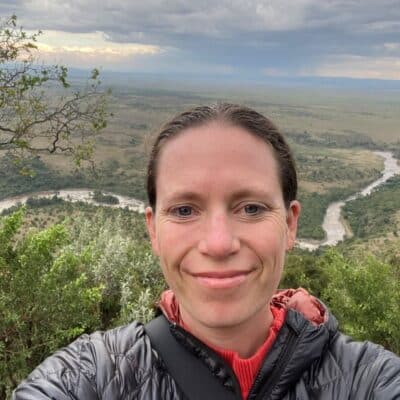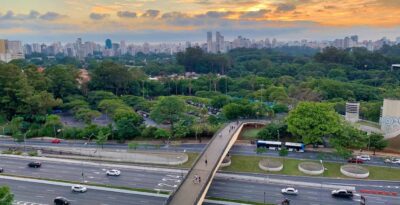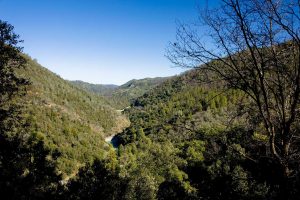The Utah Resilience Fund is a conservation finance mechanism that will fund upfront forest restoration activities to reduce wildfire risk immediately and avoid future catastrophic costs. It also contains a state endowment that can gain returns and pay for long-term forest maintenance costs to ensure ecosystem resilience for years to come.
Opportunity
The Great Salt Lake in northern Utah is a vital resource — its watershed serves as a critical water source for 2.6 million downstream residents, it hosts 184,000 acres of wetlands, and the lake supports a $2.5 billion industry. However, the three rivers that the Great Salt Lake receives its water from — the Weber, Jordan, and Bear — are at high risk of catastrophic wildfire in their upper watersheds due to overstocked and dense forests.
Wildfires pose a major threat to lake and surrounding communities through potential impacts to the three rivers. These rivers are essential to maintaining the lake’s water levels, which are rapidly declining from drought and over allocation of its water. Low lake levels could release toxic dust from the Great Salt Lake’s lakebed and create a public health disaster. Additionally, wildfires decrease water quality by adding debris and sediments into the water and the loss of trees and vegetation increase flooding and erosion. Forest health treatments are needed across public and private lands to reduce wildfire risk and, in turn, protect water quality and maintain downstream flows to the Great Salt Lake.
Project Description
In 2020, the Weber River Watershed Resilience Fund was created in a united effort by the Weber River Watershed Coalition. This coalition includes Summit County, the Weber Basin Water Conservancy District, the Mountain Regional Water District, the US Forest Service, Utah’s Shared Stewardship, Utah’s Watershed Restoration Initiative, Representative Blake Moore, and the World Resources Institute in collaboration with Cities4Forests.
The coalition raised more than US$7 million by leveraging public and private contributions from federal, state, county, corporate, philanthropic, and utility sources. This money will finance forest health treatments in the Upper Weber Watershed to protect critical water and housing infrastructure. Understanding that workforce capacity is often a major hurdle to resilience efforts, the fund also allowed the state to hire personnel at Summit County to lead planning and coordination. In addition to filling immediate funding and capacity gaps, the fund ensures that long-term maintenance needs will be met by allocating a portion of funds into an income-generating finance model (an endowment).
The success of the Resilience Fund has led to a request to expand the effort to include additional watersheds, such as the Bear and Jordan, which flow downstream to the Great Salt Lake.














